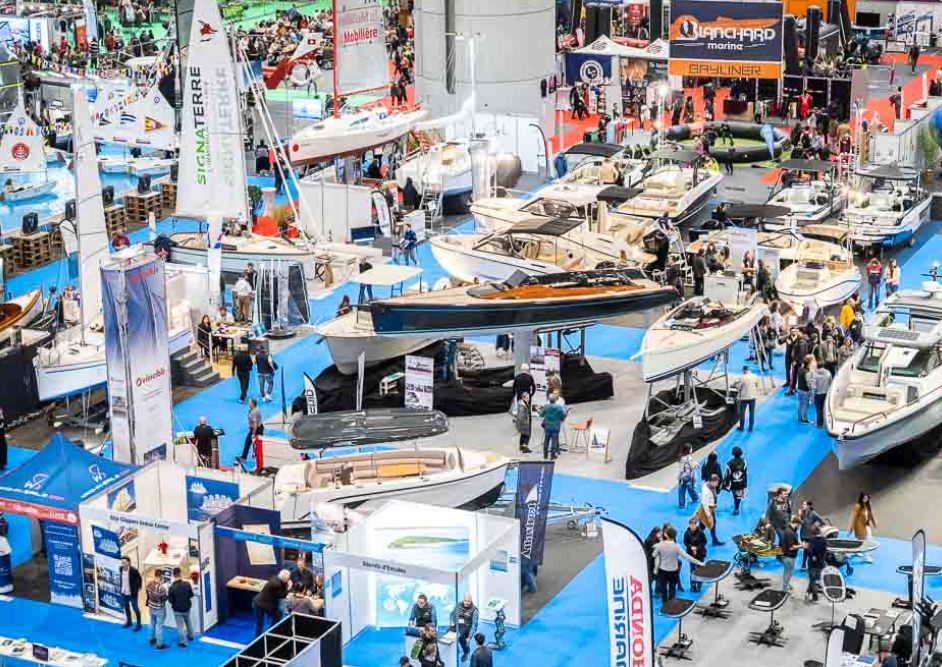Can aviation ever be truly green is the question Tom Parsons, low carbon, commercial development manager, at Air BP, looks in to.
There’s no denying that air travel has changed the way the world works, but our ability to fly pretty much wherever and whenever we like comes at an environmental cost, with aviation accounting for around 2 percent of global greenhouse gas emissions today. The sector is taking action though; in the UK, for example, the aviation industry has pledged to cut its net carbon emissions to zero by 2050. But, how might such goals be met?
Cleaner fuels
Sustainable Aviation Fuel (SAF) produced from renewable feedstocks including wastes such as used cooking oil and household rubbish is currently the most viable route to reducing CO2 emissions in air transport. It has been designed as a ‘drop-in’ fuel and can be blended with up to 50% traditional jet fuel so that it is safe to use in existing aircraft and airport infrastructure.
Air BP has already taken significant steps to help shape a lower carbon aviation industry; in recent years we’ve supplied SAF to 16 locations in six countries. What’s more, in 2018 we agreed on a collaboration with leading fuel producer Neste to develop and supply SAF from non-palm renewable and sustainable raw materials, including used cooking oil. These fuels can reduce the carbon footprint of aviation fuel by up to 80% over their full life cycle.
So, why isn’t SAF more widely available? Currently, SAF costs significantly more than traditional aviation fuel, so the big challenge with bringing it to market involves managing cost. However, we expect that cost to come down as feedstock becomes more widely available and more efficient production technologies are developed.
Efficient aircraft
Engine design has also changed massively over the past decade or so. Manufacturers are constantly innovating with more efficient aircraft. As a result, we are already seeing engines that are lighter and more powerful which means they burn less fuel. For example, the A350 from Airbus has lowered CO2 emissions by approximately 25% per seat compared to previous generation competitor aircraft.
Read more at https://www.arabianaerospace.aero/can-aviation-ever-be-truly-green-.html





